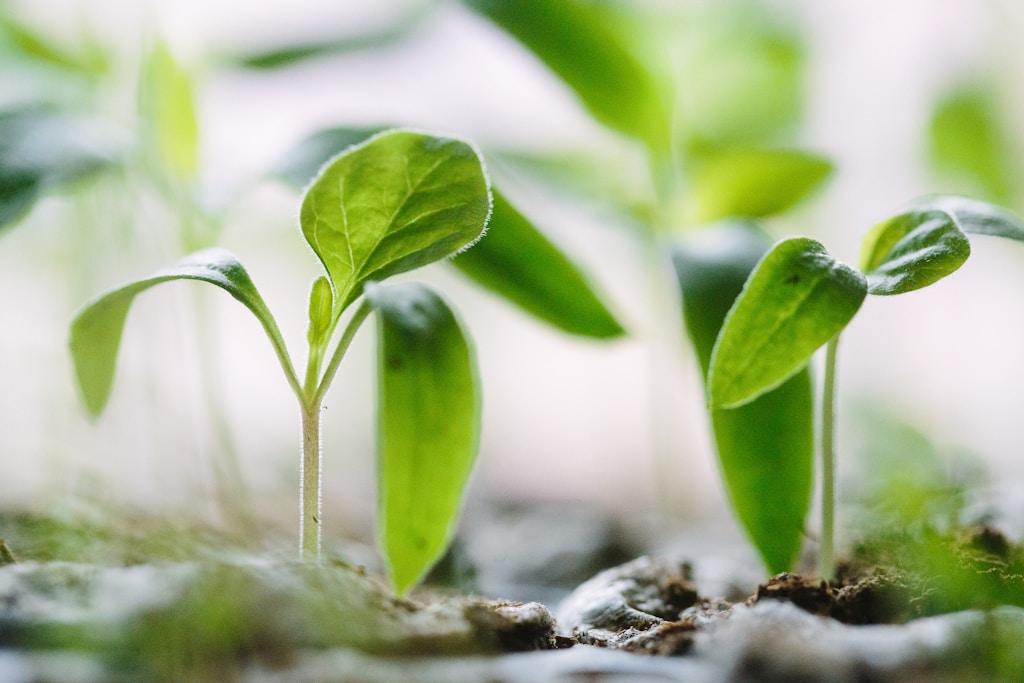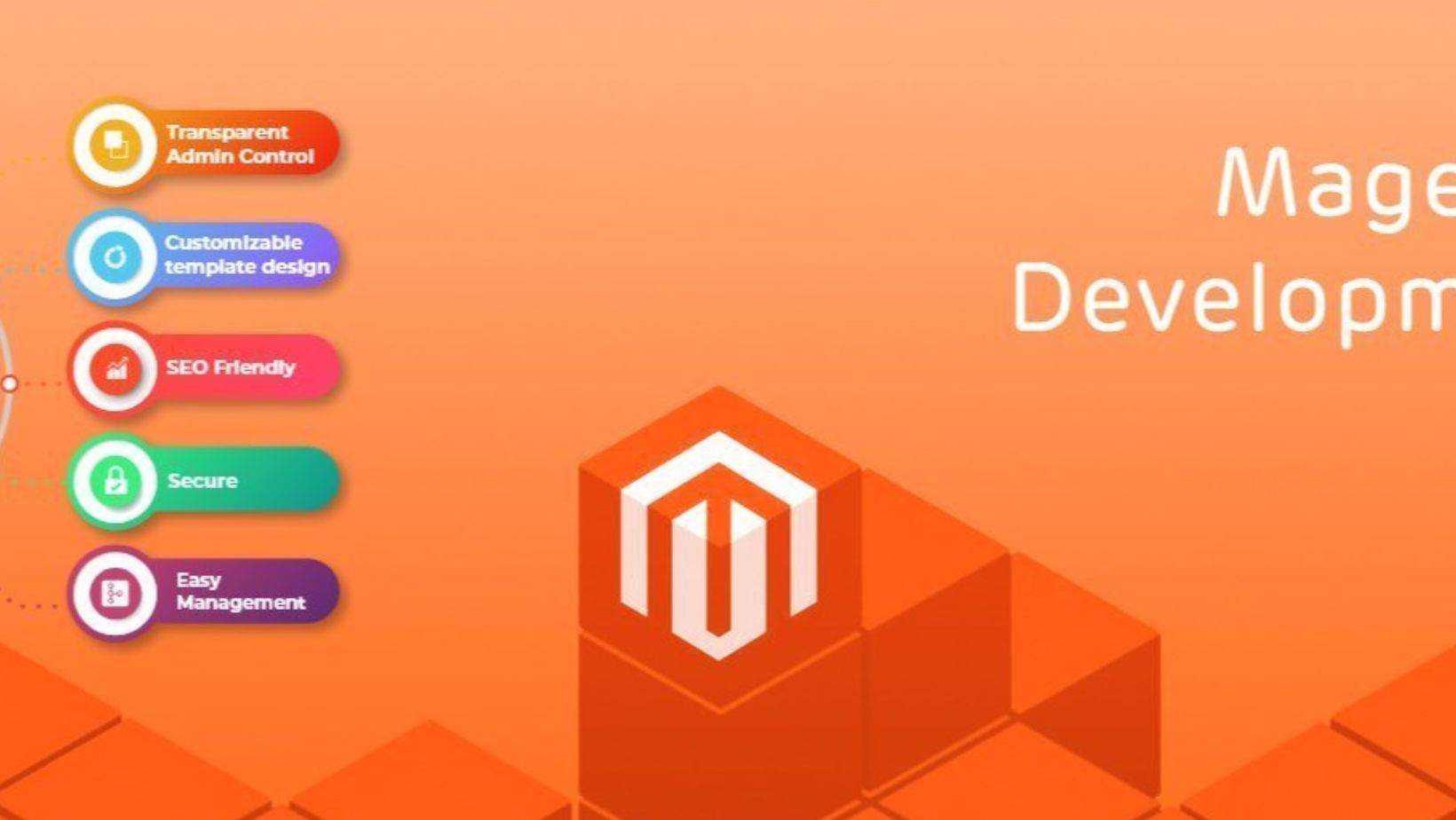Table of Contents
ToggleWhy Fisheries Need Change
Fish feed billions of people worldwide. They also support jobs, cultures, and economies. But many fish populations are shrinking.
The Food and Agriculture Organization (FAO) reports that over 35% of global fish stocks are overfished. That number has more than tripled since the 1970s. If this continues, some species could collapse.
Overfishing is not the only problem. Climate change shifts fish habitats. Illegal fishing drains resources from coastal communities. Bycatch—fish caught by accident—kills species that never make it to market.
Technology is stepping in to help. It can track, measure, and manage fish in ways humans never could on their own.
Tracking Fish with Data
One of the biggest breakthroughs is real-time tracking. Satellite tools and sensors now follow fishing vessels around the world. The non-profit Global Fishing Watch uses satellites to monitor more than 65,000 commercial ships every day.
This means illegal fishing is harder to hide. Governments can see if ships are fishing in restricted zones. Coastal nations can check if fleets are respecting quotas.
On a smaller scale, smart tags attached to nets and gear track fish movements. These tags tell scientists where fish migrate and when they spawn. With this data, managers can set rules that match the actual life cycles of fish.
Smarter Nets and Gear
Fishing gear is also getting an upgrade. Old nets often catch everything in their path, including protected species. New smart nets use sensors that detect the size or type of fish inside. If the wrong fish enters, the net can open and release it.
In one pilot project in Norway, trawlers used a system with underwater cameras. The system recognized unwanted species and gave the crew the option to release them before hauling in the net. This reduced bycatch by more than 25%.
Longline fishing, which often hooks seabirds and turtles, is also being redesigned. Smart hooks now use lights or sound to scare off non-target species. Simple tweaks like these save thousands of animals every year.
Artificial Intelligence and Fisheries
AI is shaping fisheries in big ways. Machine learning tools analyze massive amounts of data on ocean currents, temperatures, and fish patterns.
This helps predict where fish will be tomorrow, not just where they were yesterday. In practice, this means fleets can avoid wasted trips and reduce fuel use. It also prevents overfishing in “hot spots.”
Mark Andrew Kozlowski, who works on AI-driven ocean systems, once described running tests on fish population models. “We ran the numbers in real time while the boats were still at sea,” he explained. “It was strange to see data predicting a fish decline before the crew noticed it. But the models were right, and it gave us time to shift gears.”
These predictive tools can be shared with governments, small fishing cooperatives, or even schools training the next wave of marine managers.
Supporting Local Fishers
Technology is not just for large fleets. Local fishers are using apps to log their catches. These apps connect to cloud-based databases that track quotas in real time.
This helps communities protect their own resources. For example, in parts of East Africa, fishers use SMS-based systems to record their catches. It’s simple, but it allows local leaders to spot if certain species are being overfished.
By using these records, they can create no-fishing zones for a few months and allow stocks to recover. When the zones reopen, catches are larger and more sustainable.
Consumer Transparency
Technology also lets consumers know where their seafood comes from. QR codes on packaging can trace a fish back to the boat that caught it. This builds trust and helps people make better choices.
A 2021 study showed that nearly 40% of seafood sold in North America is mislabeled. This erodes trust in the industry and makes it harder to protect endangered species. Tech-based traceability reduces this risk.
When customers scan a code and see that their salmon came from a certified, well-managed fishery, it increases confidence. This also gives responsible fishers a market advantage.
Challenges That Remain
Even with new tools, problems remain.
- High Costs: Installing sensors, tags, and monitoring systems can be too expensive for small operators.
- Data Gaps: In many parts of the world, especially in developing nations, data collection is weak.
- Enforcement: Even if illegal fishing is detected, some governments lack resources to act.

Without global cooperation, some regions will continue to suffer from overfishing.
Solutions and Recommendations
There are clear steps to make progress.
- Governments: Subsidize smart gear for small-scale fishers. Invest in satellite monitoring and partner with nonprofits that share data.
- Businesses: Demand traceability from suppliers. Reward fisheries that use tech-based monitoring and certification.
- Communities: Create local cooperatives that share tools and data. Educate younger generations about sustainable practices.
- Consumers: Look for QR codes or certifications on seafood. Choose products from traceable and well-managed sources.
Every group has a role. When combined, these actions can restore fish populations and protect food security.
The Next Era of Fisheries
The ocean is vast, but it is not endless. Technology offers hope for balancing human demand with ecological limits.
Real-time tracking, smart gear, and AI predictions are making fisheries more efficient and sustainable. Local fishers are gaining access to tools once reserved for big fleets. Consumers can hold the industry accountable.
The future will not be about catching as much as possible. It will be about catching what we need in smarter, fairer, and cleaner ways.
As one fisheries researcher put it during a workshop, “We don’t need to stop fishing. We just need to stop fishing blind.”
That is the promise of technology in sustainable fisheries management: opening our eyes to the patterns of the sea, and learning how to work with them instead of against them.






